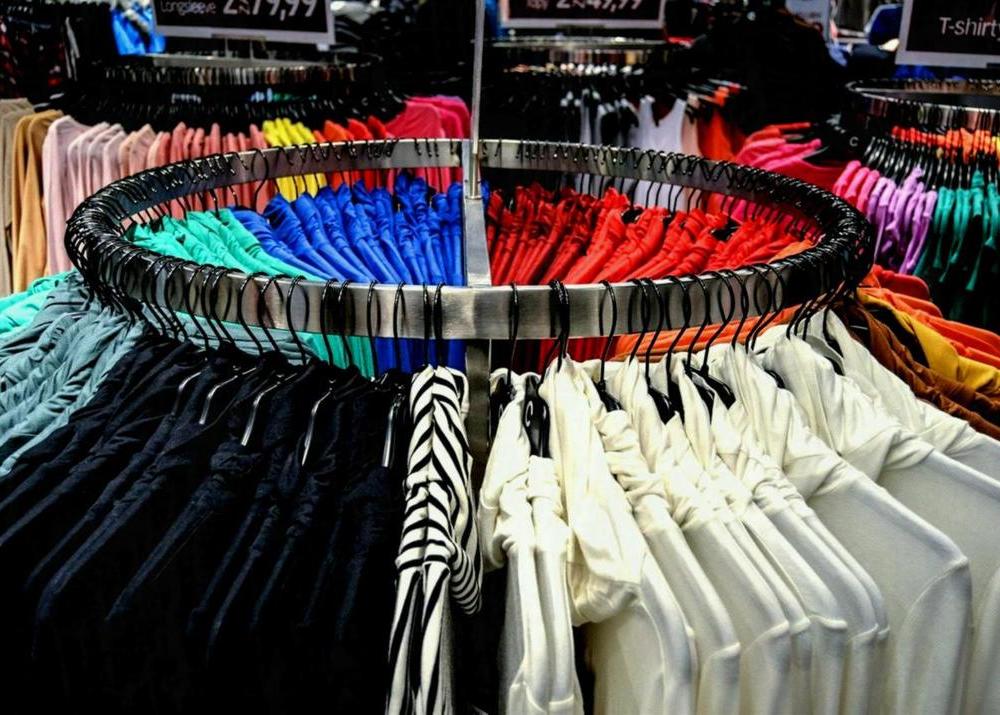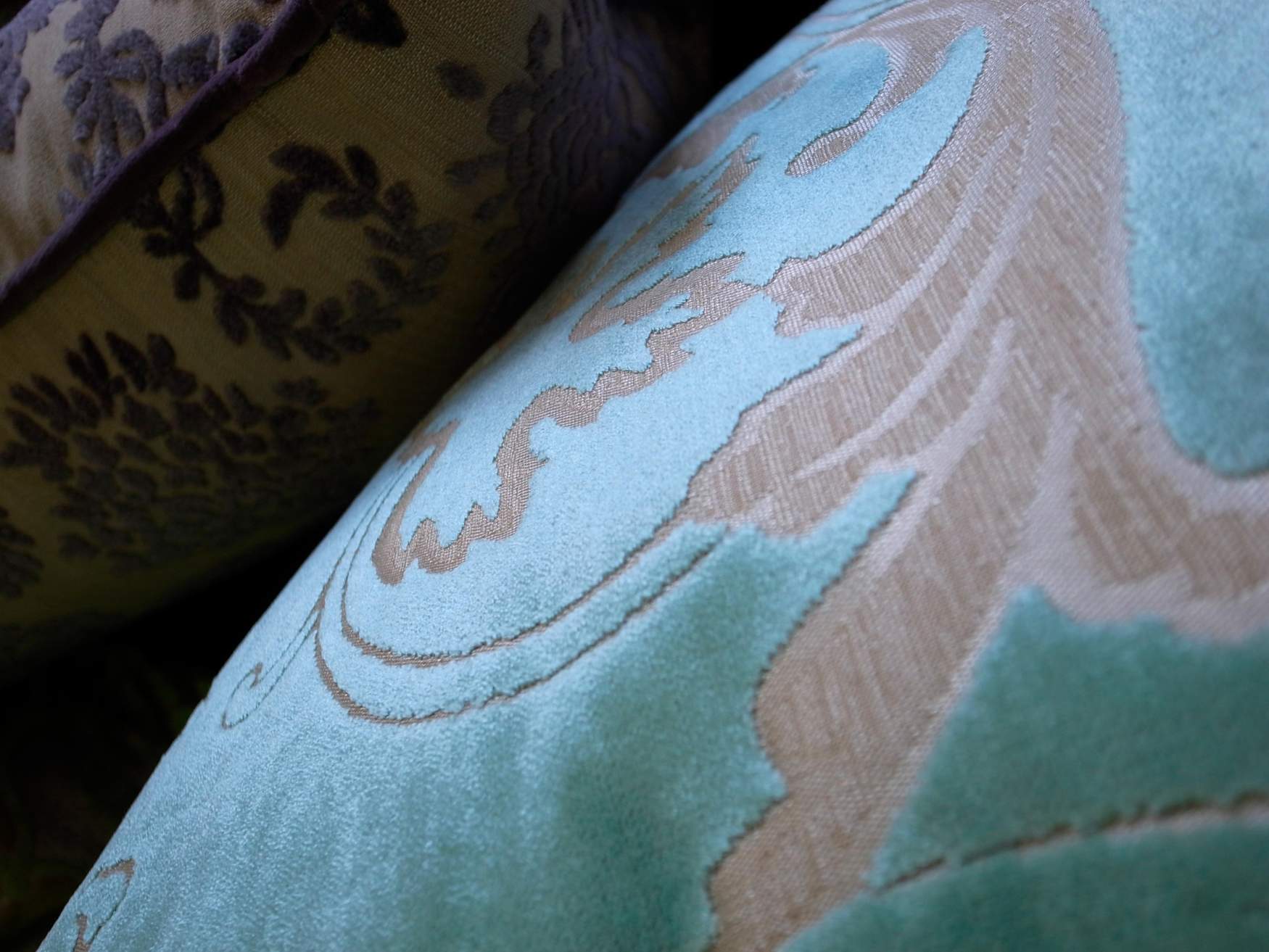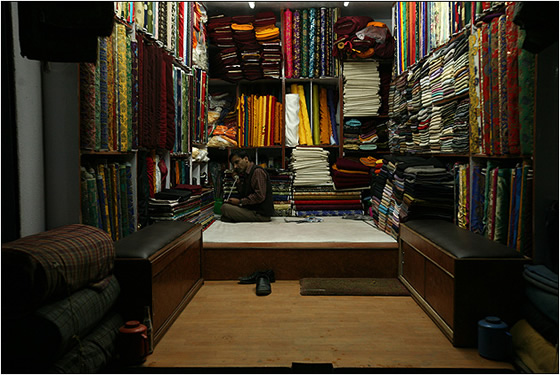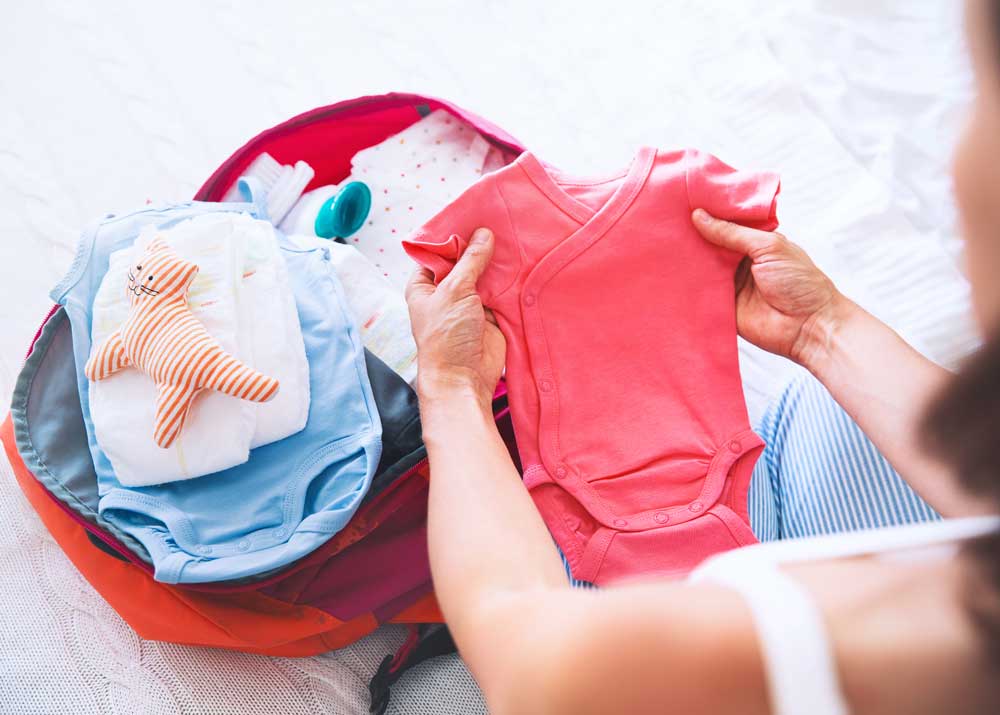Textile Industry Market Review
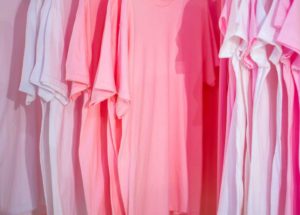 GENERAL INFORMATION
GENERAL INFORMATION
Textiles are products made from flexible, soft fibers and threads (fabrics, cotton, netting, etc.), usually made from yarn on a loom. Textiles also include non-woven fabric: knitwear, felt, modern non-woven materials, etc.
The textile industry is a group of light industries engaged in the processing of vegetable (cotton, flax, hemp, kenaf, jute, ramie), animals (wool, silk silkworm cocoons), artificial and synthetic fibers into yarn, thread, and fabric. It includes the following types of industry:
cotton
woolen
silk
woolen
silk
flaxseed
hempjog
Textiles are one of the main materials used in light industry. Until the end of the XIX century, only natural materials were used in the textile industry – cotton, wool, silk. Then, artificial (based on natural polymers) and synthetic (from hydrocarbon raw materials) fibers are becoming more common.
CLASSIFIER OKVED
According to the all-Russian classifier of types of economic activity (OKVED), textile production refers to section 17 of the same name, which has the following major subsections:
17.1 “Spinning textile fibers”
17.2 “Weaving”
17.3 “Finishing fabrics and textiles”
17.4 “Production of finished textiles, except clothing”
17.5 “Manufacture of other textiles”
17.6 “Production of knitted fabric”
17.7 “Production of knitwear”
ANALYSIS OF THE SITUATION IN THE INDUSTRY
Today, the situation in the world is such that the bulk of textile production is concentrated in developing countries that have sufficient quantities of raw materials (for example, cotton) and cheap labor. Developing countries, importing fabrics, make ready-made garments from them, which are then exported to developing countries. At the same time, territorially the production itself, which belongs to a developed country, may be located in another state.
Light industry of the USSR covered all stages of production – from the production (cultivation) of raw materials to the manufacture of garments. Today, the domestic light industry is experiencing serious difficulties, primarily related to the lack of competitiveness of products at a price – Asian countries that use cheap labor offer much cheaper products. At the same time, the quality of Russian fabrics is often significantly higher. The share of domestic products today is no more than 30% of the market. It is almost impossible to determine more precisely the quantity due to the presence of a “gray” import. According to experts, the only competitive segment is the production of workwear, supported by government orders.
Increase sales without investment!
“1000 ideas” – 1000 ways to build up from competitors and make any business unique. Professional kit for developing business ideas. Trend Product 2019.
At the same time, Russian manufacturers are experiencing a shortage of capital for the development and modernization of enterprises. The demand due to the crisis state of the economy is significantly reduced. Indices of consumer sentiment and entrepreneurial confidence reached record lows in the last two years. The worst forecasts are related to the textile and clothing industries.
Some hopes are caused by the policy of import substitution, however, most enterprises are not ready for it because of the lack of sufficient production capacity, and also because of the high share of the import component in production – from raw materials to equipment. Against the background of a weaker ruble, this is becoming critical for the industry.
Some experts do not see the point in locating the full production cycle in Russia and call for repeating world practice, in particular, the development of textile imports from the PRC, as well as the placement of clothing industries there.
Nevertheless, the Government of the Russian Federation plans to develop programs for the development and subsidization of the industry. In particular, there is a draft program for the development of light industry until 2025, according to which the share of Russian products should increase from 25% to 50%. The analysis carried out as part of the development of this program shows that the segment of the production of synthetic fibers, which can be based on an already existing petrochemical complex, has the greatest potential. This will give a 2.5 times greater effect than the development of natural textile production.
According to the analysis, 4 main strategic directions of development of light industry were identified, one of which relates directly to the textile industry: “the creation in Russia of chemical (synthetic and man-made) fiber production with export orientation, primarily due to the development of polyester and viscose fibers and threads. Reorientation of mass textile production to synthetic materials (including both textiles for sewing products and technical textiles).
